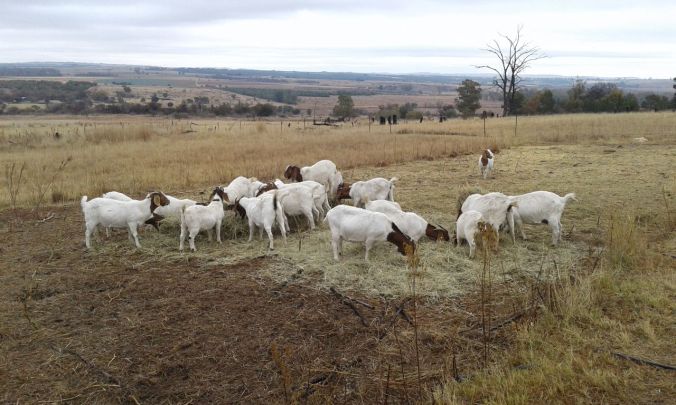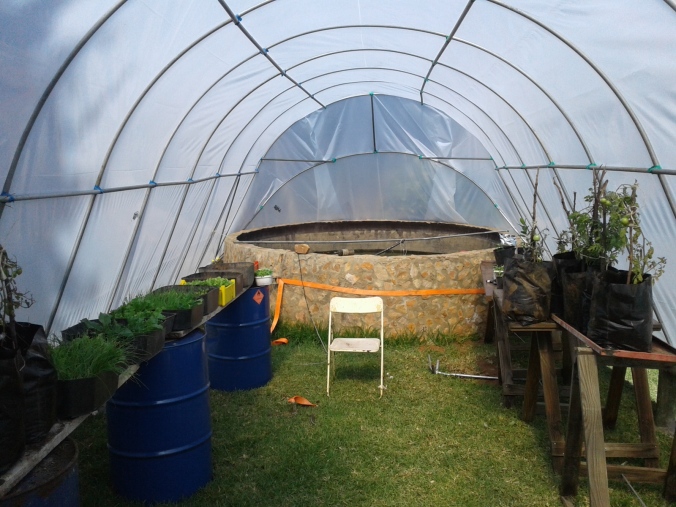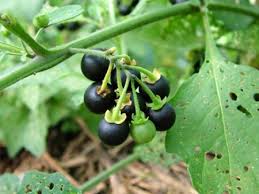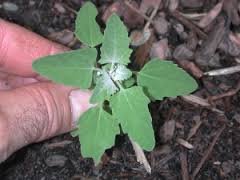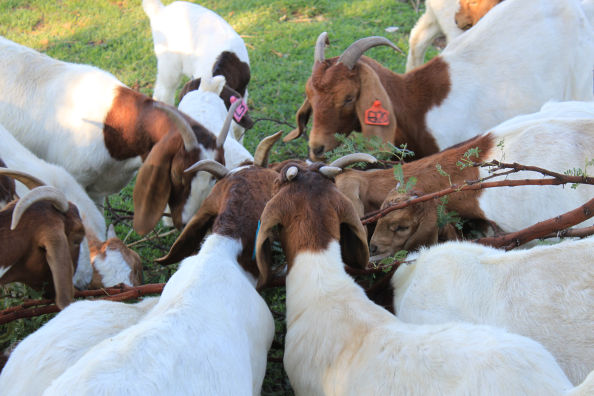I think everyone would like to be in a position to make a living from their farming efforts, or at least live in a sustainable way at little or no cost. I have been trying to achieve this over the past few years, with varying degrees of success, but from watching my efforts and other’s, I would like to offer the following observations.
Before you start, you should consider that trying to compete with large farms, growing the same products is a non-starter. There are economies of scale that you will never be able to achieve if you are trying to produce a similar bulk product. So growing maize, wheat, broiler chickens, carrots and cabbages, soya beans and sunflowers which can be done on a huge scale, on an industrial farm, is not going to be profitable, if you are selling into the same market.
So if you won’t be profitable by producing volumes of a bulk product, what can be profitable?
I would say there are a few aspects to this.
Firstly you need to sell directly to the end user, thereby cutting out all of the middle men (or women). This can be selling directly to people within your community, or to interested groups, or finding a specific niche in your local, or even the international market that you can occupy.
Secondly you need to differentiate your product. You can be any or all of the following: Organic, pesticide free, ethically farmed, non-GMO, sustainable, hormone implant free, free range and so on. Your products can also be natural, preservative free, additive free, colorant free and just plain tastier! For all of these attributes you can charge a premium over the normal supermarket freezer fare. Also, large farming enterprises produce essentially a factory feed stock that can be processed, squashed into square boxes, given a healthy dose of MSG and then called food (!). If you can convince people of the difference, they will happily pay for the better product. Most things you find in a supermarket in those square boxes with colourful logos of smiling farm animals are made from maize, soya, deboned chicken and a bunch of chemicals and that is about it.
Thirdly, you need to look at your strengths in terms of costs. If you are not buying chemical fertilisers, patent seeds and buckets of insecticides, this should be an advantage, surely? Permaculture involves feeding the waste of one process into the next, So that must give you a cost advantage? Your crop yields may be less (or maybe not), but your input costs and labour costs should be much less than a commercial farm (you work for free remember!).
Fourthly, you need to sell a value added product. If you are growing fruit, you need to sell a jar of organic pesticide and preservative free jam, ethically farmed, and bottled using an old family recipe, handed down for generations etc, rather than a box or sack of fruit. Your branding as well should tell a story and give your product more value than the generic mass produced quasi-equivalent. In business it is called ‘owning the value chain’, so if you can go from a heirloom seed that you kept from last season, grown in your mulch and manure, to a healthy nutricious fruit/veg/fish/poultry/animal, home processed into something even more delicious, and then sold for what it is, people will see the value in that, and a hopefully be prepared to pay for it.
If a product is to produce a profit, the value of the end product needs to be more than the cost and effort to produce it. Your own labour is free, but that doesn’t mean you need to consume all of your energy for little or no gain. Fortunately you have nature on your side, so let nature do its thing, just help it along in the right direction where necessary.
I have also thought about the scale of your small farm operation, you can get too big and then find yourself in the wholesale space, rather than the niche retail space where you have the most value to add to your home grown and processed products.
For example if you grow a lettuce and eat it yourself, you have essentially displaced the cost of what you would have paid in the shop, and saved yourself $1 (for instance), while your input cost was probably a few cents or less. If you can sell your lettuce within your community for 80c or 50c even (or trade it for something of equivalent value), you are still profitable, so with 100 lettuce you can feed yourself, sell a few locally, trade some, and give some away for goodwill, which you may well receive in return later (when other people have excess). A penny saved is a penny earned, so they say.
If now you have grown 1000 lettuce, and you have saturated (and sated) your local market, you will then have to sell those lettuce for about 10c each to a retailer, and instead of making $50-$100 for 100 lettuces, you have now made $100 for 1000 lettuces, with a lot more work. so there is little advantage in growing bigger than your immediate retail market, unless you get really big and are able to produce 10 000 lettuces (or more) where you will start to see a profit as a wholesaler.
So it is probably better to have a variety of niche seasonal products, so you have a continuity of supply throughout the year, rather than put too much effort into a single crop, where all of your eggs are in the basket of the success or failure of that one crop.
Some examples of what people are doing or producing in our area are things like: Honey, goats milk cheese, goats milk soap, jams, preserves and other processed foods, grass fed beef, retreats of various kinds from religious to spiritual, courses and other learning opportunities, horse riding lessons and out rides, farm stays and other accommodation, various handcrafts like weaving or carpentry and so on. All of these are products and services you won’t find in the city, and are sold directly to the consumer.
Anyways, these are just my musings, I would appreciate comments, and I will probably update this post later,once I have ruminated on this a bit more!




